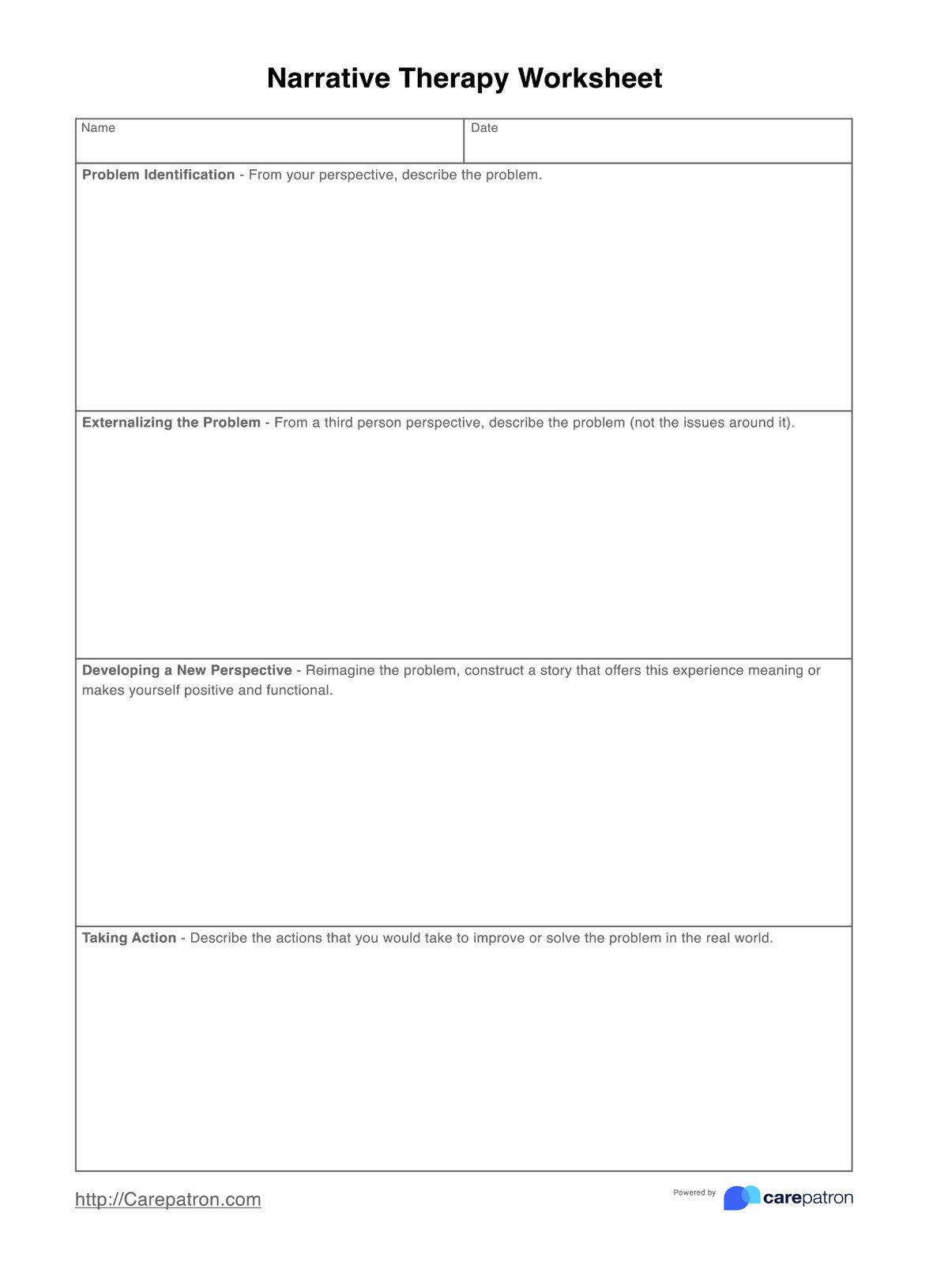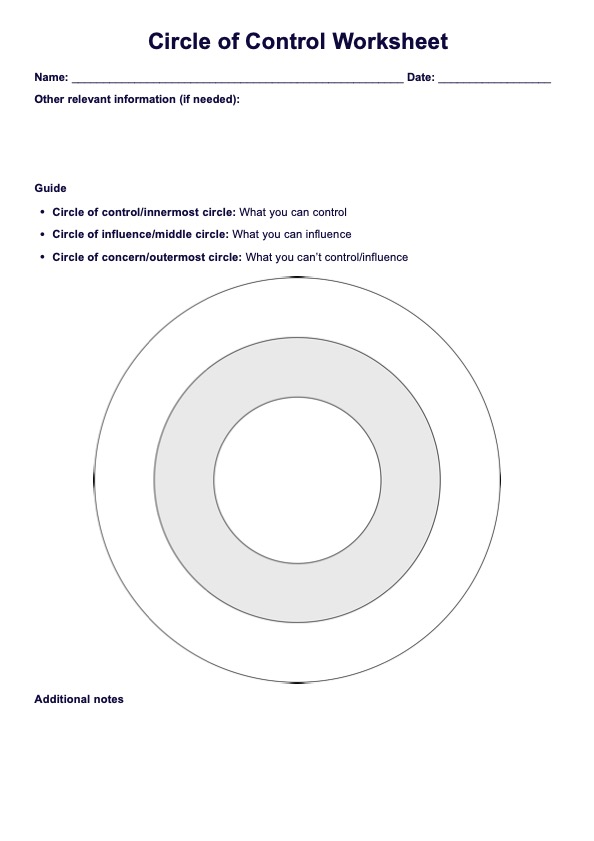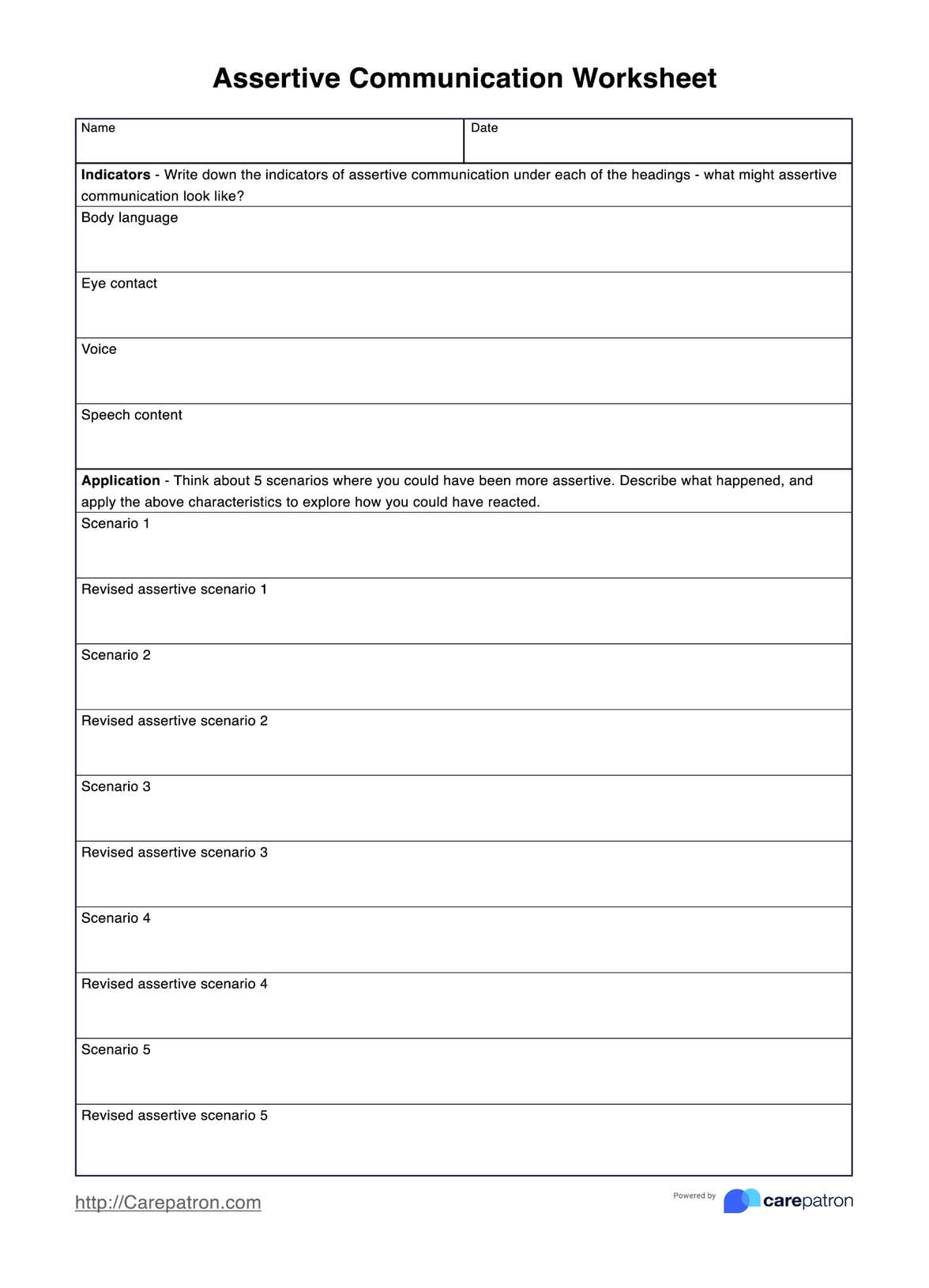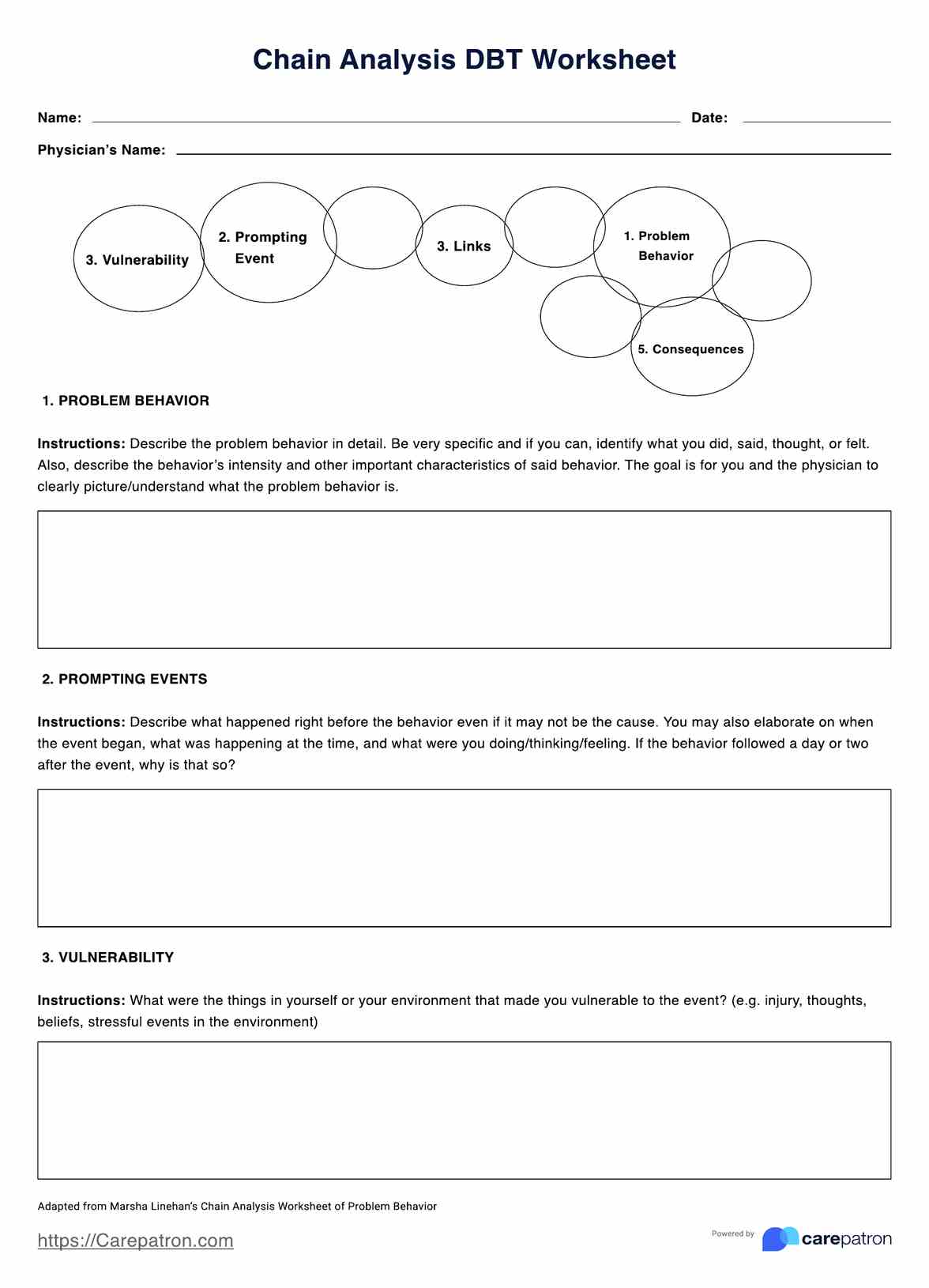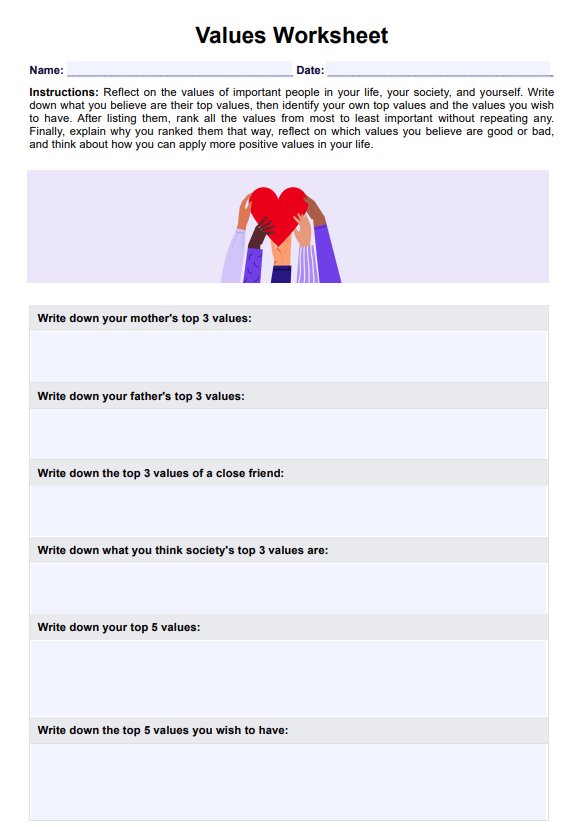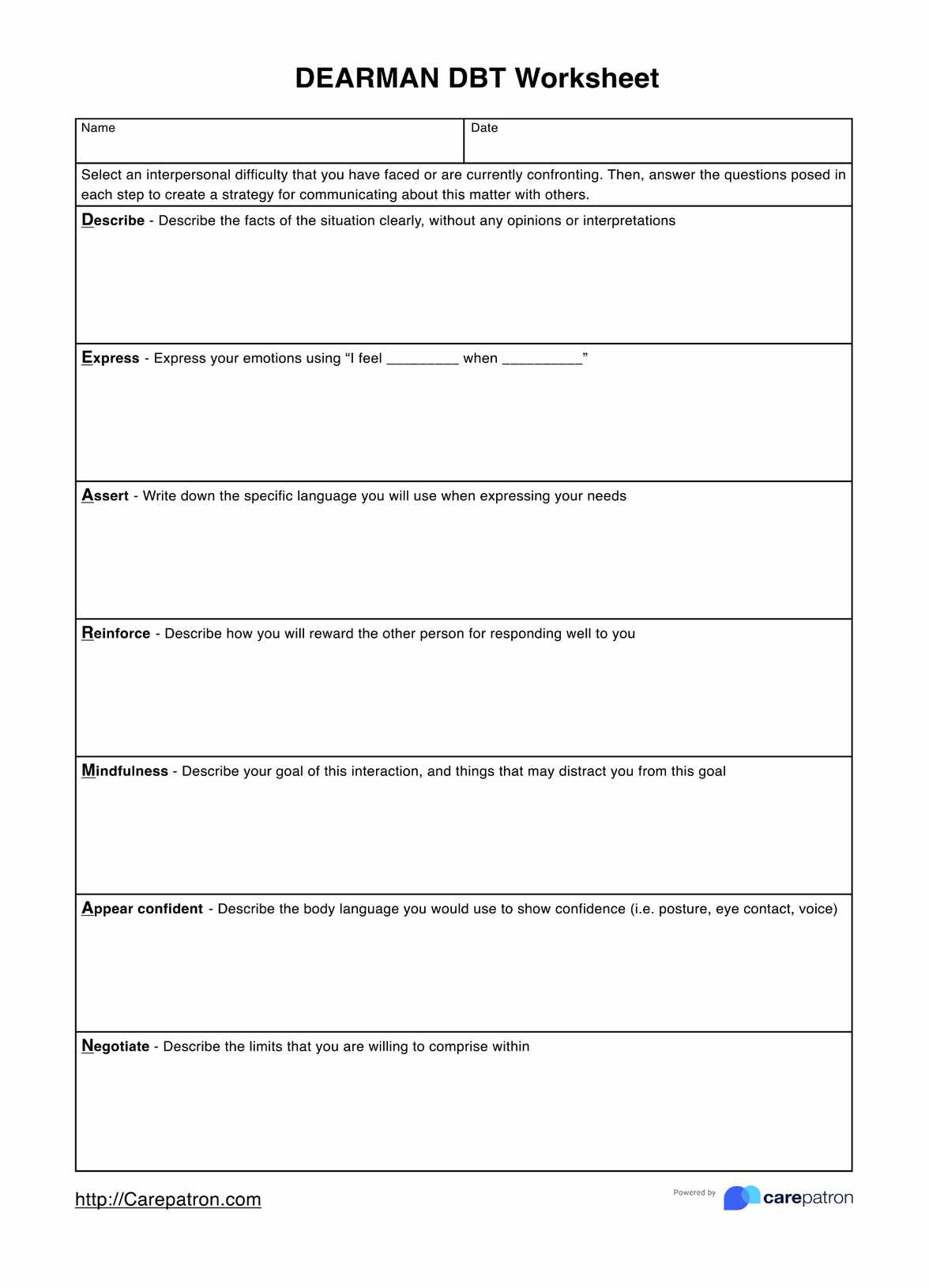Clock Drawing Test
If you are dealing with a patient suspected of having symptoms of dementia or cognitive impairment, have them take the Clock Drawing Test to gauge the severity of these symptoms alongside other cognition-related assessments.


What is the Clock Drawing Test?
The Clock Drawing Test, or the CDT for short, is one of the most widely used cognitive screening tools. It was designed to help healthcare professionals understand how severe a person’s suspected symptoms of cognitive impairment or dementia are by having them perform a simple task. That simple task is to, surprise, draw a clock! It’s a simple way to look at a person’s ability to perceive instructions or directives and test how strong their memory is.
Now, you are probably thinking, "It sounds so simple that anyone can do it! Is this really even helpful?” Our answer is yes; it is helpful! Despite being a simple task, small mistakes can point to a number of things. Some of the symptoms that it aims to assess are:
- Their capability (or the lack thereof) to understand simple instructions
- Their short-term memory
- Their ability to maintain concentration when working on a task
- The strength of their abstract thinking abilities
- Their spatial orientation
Do note that, despite being a tool that looks at symptoms of cognitive impairment or dementia, it cannot be used as a diagnostic tool. However, it can be used as part of a comprehensive diagnostic examination to help guide healthcare professionals when making decisions regarding diagnoses and creating treatment/care plans for patients.
Clock Drawing Test Template
Clock Drawing Test Example
How to do the Clock Drawing Test
The Clock Drawing Test is an assessment that can easily be accomplished by anyone taking it, and it should only take between one to five minutes.
Here are the things that must be done to accomplish the test:
- The healthcare professional must prepare a sheet of paper with a big pre-drawn empty circle in the middle. They must also ensure that there is a pen for the patient to use and a table so they won’t have difficulty attempting to draw a clock.
- Once the sheet of paper with the pre-drawn circle is ready, the healthcare professional must instruct the patient to write down all the numbers on the clock as they are normally arranged.
As they are writing down the numbers, you must observe if the patient can take into account the symmetry of the clock. Another thing you must take note of is whether they leave out certain numbers, if they write numbers past twelve, or if they repeat numbers. Considering these may lead you to assess their spacial orientation and their instruction retention.
- After writing down all the numbers of a clock in the circle, tell them to “set the time to ten minutes after eleven” or something similar like “fifteen minutes after five.” It’s up to you, but don’t give out instructions like “Indicate 11:10 on the clock” or “5:15 on the clock.”
The instructions are meant to check on how they can interpret instructions or directives. You might have noticed that we don’t tell them how to indicate them since it’s common knowledge that the clock has two hands. They need to draw the hands of the clock. The short one has to point to 11, while the long one points to 2.
That’s all there is to the Clock Drawing Test! Next, you’ll have to evaluate their drawing.
How to score the Clock Drawing Test
There are several ways that the Clock Drawing Test can be scored, but for this guide, we will be focusing on the Shulman clock drawing scoring system (Shulman et al., 1993). Here’s how the Clock Drawing Test is scored using this system:
0 = There is no reasonable representation of a clock.
The only way for a patient to get this score is if they did not even attempt to make a clock at all. Or if they did draw something, nothing about it resembles a clock.
1 = There is a severe level of disorganization based on the scoring criteria for 2 points below.
2 = There is a moderate visuospatial disorganization of times such that accurate denotation of 10 after 11 is impossible.
The clock drawing has any of the following:
- Moderately poor spacing between the numbers
- The patient omitted numbers
- Perseveration: the patient repeated the circle or continued past 12 to 13, 14, 15, etc.
- Right-left reversal: numbers were drawn counterclockwise
- Dysgraphia: the patient was unable to write numbers accurately
3 = Inaccurate representation of 10 after 11 when visuospatial organization is perfect or shows only minor deviations
The clock drawing has any of the following:
- The patient drew the minute hand but made it point to 10 instead of 2
- The patient wrote “10 after 11” instead of drawing hands to show it
- The patient was unable to make any denotation of time at all
4 = Only minor visuospatial errors were committed by the patient.
The clock drawing has any of the following:
- The patient has mildly impaired spacing of times
- The patient drew times outside circle
- The patient turned the page while writing numbers, which made some numbers appear upside down
- The patient drew in lines (spokes) to orient spacing
5 = The clock drawing has no errors. It’s a perfect clock.
When is it best to administer the Clock Drawing Test?
Since we are discussing the Clock Drawing Test in the context of a clinical setting, the best time to administer this is during initial sessions with your patient. These are the sessions where you are still trying to gauge them based on the suspected symptoms or disorders they are reported to have, whether the patient reported it themselves or if their loved ones or friends did.
The Clock Drawing Test was designed as a screening tool, after all, so as soon as a patient attends an appointment with you, we recommend that you administer this test.
Do note that, despite the Clock Drawing Test being widely used, it is not exactly enough to confirm if a person has symptoms of cognitive impairment or dementia. It’s always best to take advantage of other cognition-related assessments to better understand the patient. Another appropriate time to use this is during a comprehensive patient examination.
The Clock Drawing Test is also present in other clinical assessments like the SLUMS Test, though the scoring system for the Clock Drawing Test does not apply since the clock drawing is adjusted to fit into the SLUMS Test’s scoring system. If you’d like, you can use the SLUMS Test to hit multiple birds with one stone. Or you can still issue this Clock Drawing Test separately so that you have multiple results to use as a basis for medical-related decisions, like making an official diagnosis or creating a treatment plan.
Who can use the Clock Drawing Test for their work?
Since the Clock Drawing Test is a cognition-related screening tool, the following health professionals can use this for their work:
- Neurologists
- Neuropsychologists
- Geriatricians
- Psychologists
- Psychiatrists
- Primary Care Physicians
It’s important to have only highly trained and experienced healthcare professionals treating patients with cognitive impairments, dementia, and other cognition-related disorders and illnesses. Under no circumstance should this be used by anyone who cannot correctly interpret test results such as those you could get from the Clock Drawing Test. This is so misdiagnoses can be avoided.
Neurologists and neuropsychologists are the ones who can interpret the results alongside other results to make a diagnosis, as well as create the needed treatment plans specific to each patient. Geriatricians handle elderly patients, especially the ones who have dementia. Psychologists, psychiatrists, and primary care physicians can assess cognitive impairments in adults, whether younger or older.
.png)
What are the benefits of using the Clock Drawing Test?
It is one of the most inexpensive and easy-to-accomplish cognition-related tests.
Healthcare professionals looking for inexpensive but effective tools for their work will surely be glad that the Clock Drawing Test does not require anything special to conduct it. All you need is a printed version showing a blank circle, a pen, and a table. If you have that, you’re all set to administer it! Don’t forget to hide any clocks in the room, though. You don’t want them to cheat.
The test instructions are also relatively easy. If the patient answering the test does have symptoms of cognitive impairment or dementia, they might encounter a bit of difficulty. Not counting all that, it should only take between 1 to 5 minutes to accomplish the test.
It can create opportunities for early interventions and treatment.
This particular assessment is usually used during the initial stages of a person’s treatment and during comprehensive examinations needed to make an official diagnosis. As such, it creates opportunities for healthcare professionals to provide plans and implement early interventions to curb the effects of cognitive impairment, cognitive decline, and/or dementia. And, if possible, to prevent them from manifesting at all.
It can be used as a monitoring tool.
Now, just because you have already used this test on the patient before, it doesn’t mean that you can’t use it again. The Clock Drawing Test is more than just a screening tool. It can be used as a monitoring tool as well!
Let’s stipulate that you have already diagnosed your patient with a cognition-related disorder. Plus, you’ve already implemented a treatment plan! Naturally, you’ll want to know how they’re doing, right? You can reissue the Clock Drawing Test from time to time to check up on the patient. As for how often, that’s up to you.
If the Clock Drawing Test scores are higher than the initial one, then congratulations, friend! Your treatment plan seems successful, so you should maintain it! But if their scores are still the same as before or are getting worse, then your treatment plan might be working. This means you probably have to tweak a few things or overhaul the entire plan. Worst case scenario is that it’s impossible to curb the cognition-related disorder, but let’s hope for the best always!
Commonly asked questions
Between 1 to 5 minutes. If they are taking longer, you can note that down. It might be a sign that they do have symptoms of cognitive impairment or dementia, but more than the length of time, you should observe if they are following instructions or not as well as how they are drawing the clock.
Yes. It is a screening tool, so it’s just meant to gauge patients for any symptoms. It cannot be used as a diagnostic tool. It’s still useful since it is normally included in comprehensive examinations. The results of the Clock Drawing Test will serve as valuable information for confirming a diagnosis.
No. The Clock Drawing Test can be used for people aged 18+. Even younger people can develop symptoms of cognitive impairment or decline. However, if the patient has visual or motor impairments, this test may not be suitable for them.


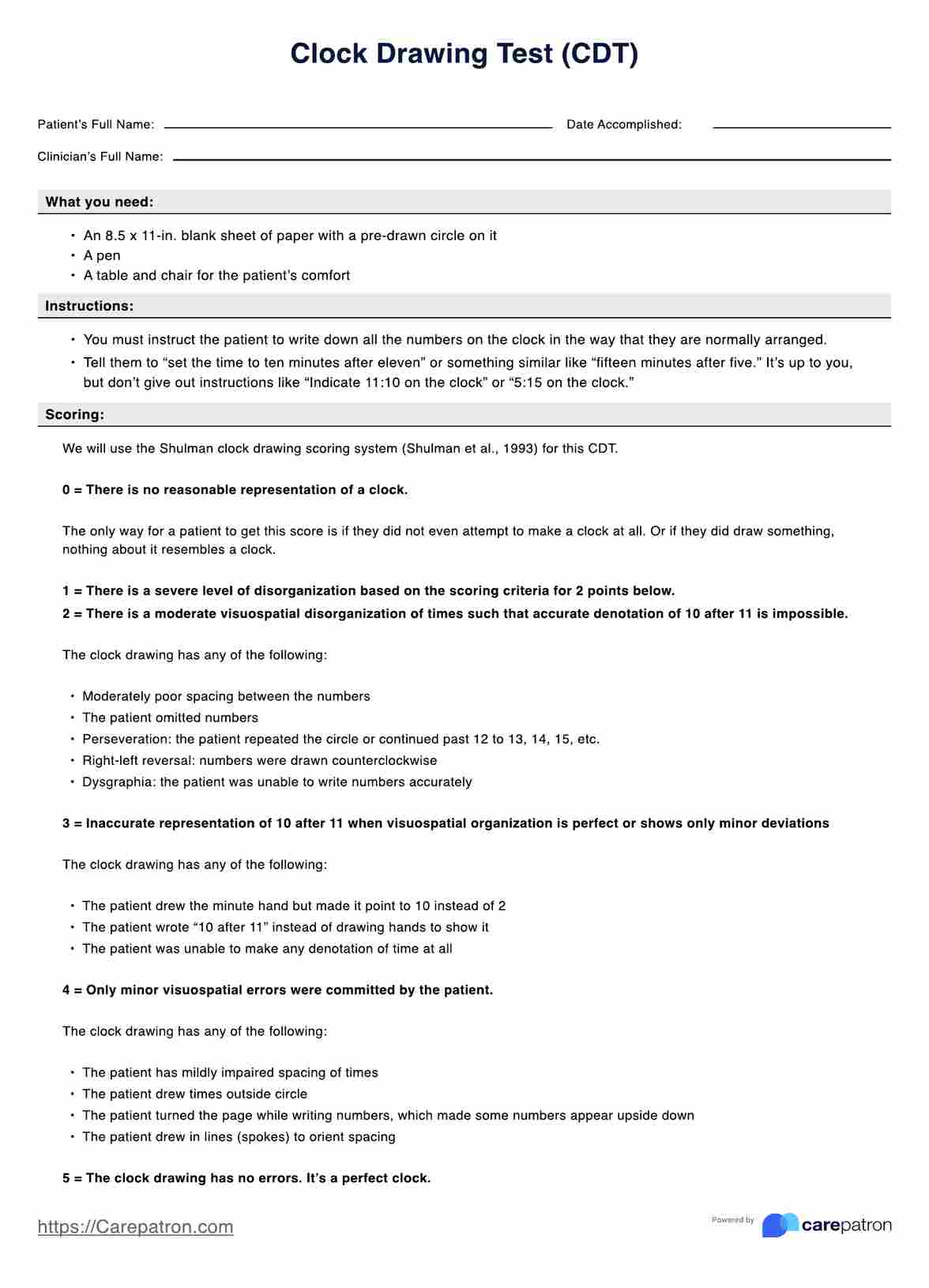
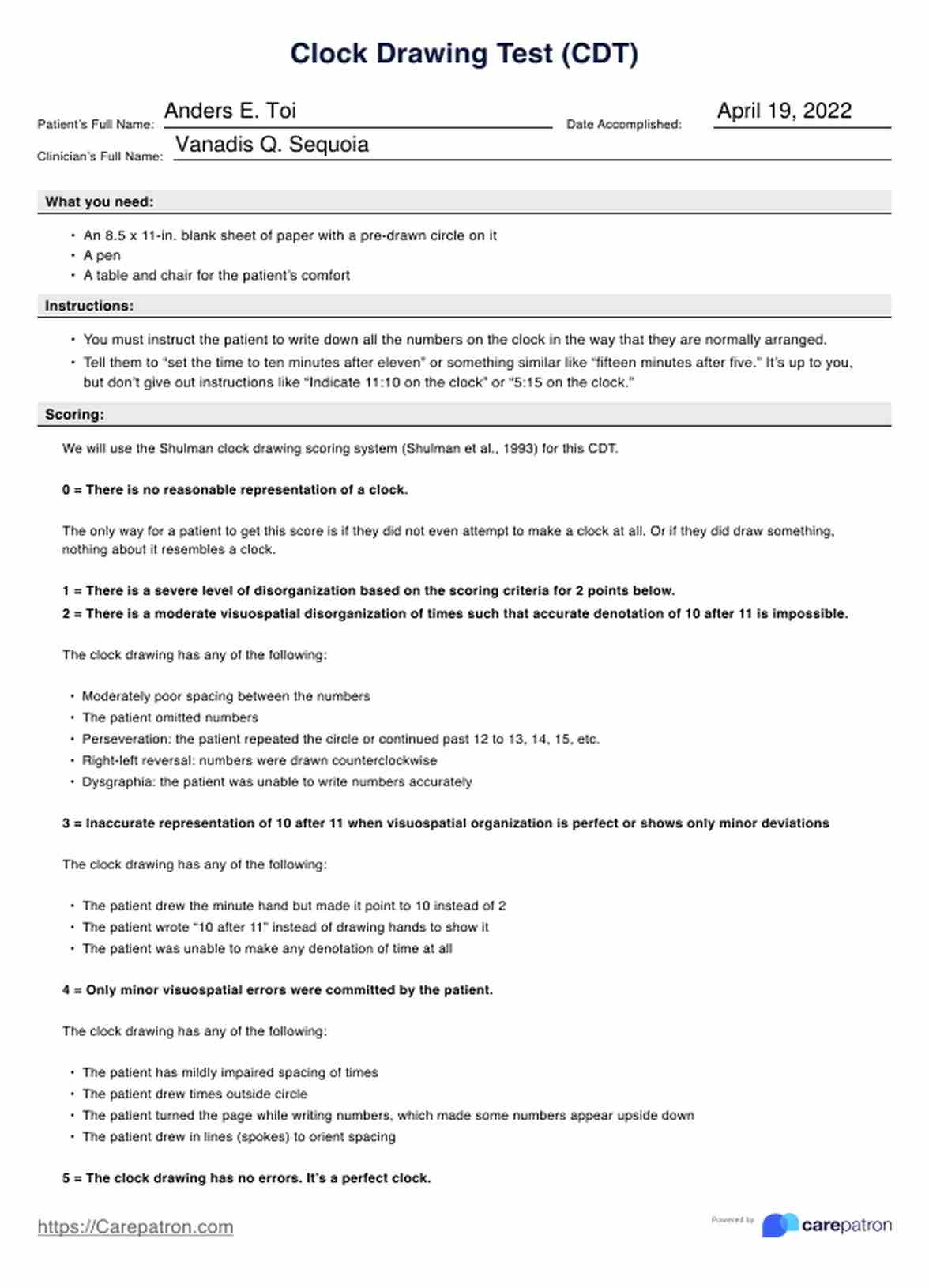














-template.jpg)






















































































